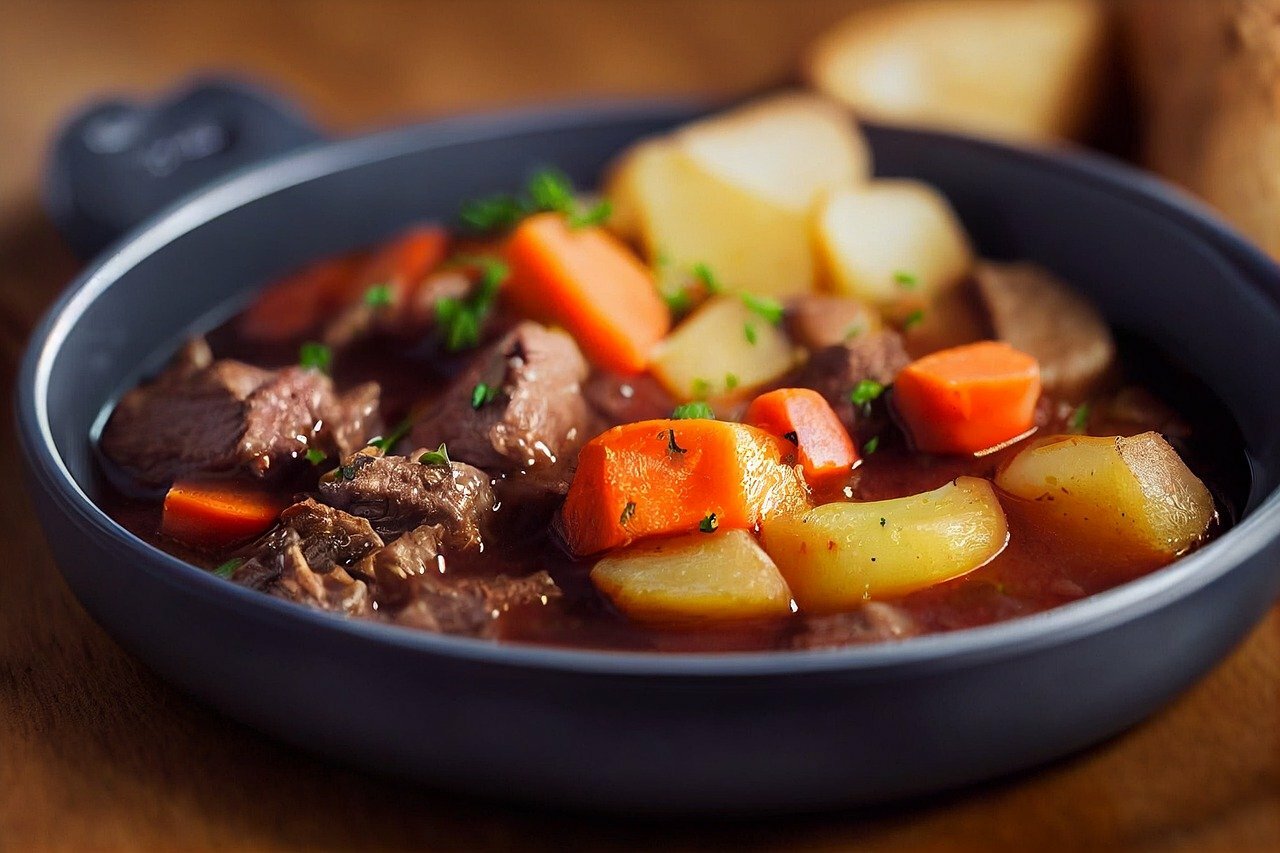Need a helping hand in the kitchen during the busy holiday season? Slow cookers are your go-to gadgets to get you through the season of eating.
Alice Moore, an Alabama Cooperative Extension …
This item is available in full to subscribers.
Please log in to continue |

Need a helping hand in the kitchen during the busy holiday season? Slow cookers are your go-to gadgets to get you through the season of eating.
Alice Moore, an Alabama Cooperative Extension System food safety and quality regional agent, said there are many great benefits to using a slow cooker.
“Preparing a meal at home eliminates the temptation of ordering out and is often more nutritious and less expensive than takeout,” Moore said. “The slow cooker also gives you the ease of one-step meal preparation and a quicker cleanup in the kitchen.”
In many slow cookers, you can make the cleanup even quicker by adding a plastic liner. Slow cookers may also help cut meal costs. This long, low-temperature cooking method helps tenderize cuts of meat, so people can purchase less expensive options. Slow cookers also use less electricity than a traditional oven does, potentially reducing your monthly electric bill.
Features to Consider
If you are unfamiliar with slow cookers and are buying one for the first time, there are some great features to consider. Moore said buying a cooker with a warm setting is a great option.
“This setting [warm] keeps food warm once it is done when you are not quite ready to serve,” Moore said. “Without this setting, the ceramic crock cools down quickly and could leave food in the temperature danger zone [between 41 and 140 degrees Fahrenheit].”
The size of the slow cooker is also an important feature. A 6-quart cooker is ideal for four servings. However, keep in mind that slow cookers work best when filled at least halfway. So, a smaller cooker may be a better option for those cooking less portions.
“Removable ceramic inserts also make cleanup a lot easier, and some are dishwasher safe,” she said.
Safety, Care and Cooking Guidelines
Slow cookers are often sold as a put-it-and-leave-it type of appliance. However, not all slow cookers are created equal. Each brand may have different care and cooking instructions to follow. Some cookers may be left unattended, while others may need supervision during the cooking process. The appliance’s manual should provide certain guidelines — such as safety, care and cooking — for that particular slow cooker.
“Older slow cookers should also be checked for accuracy,” Moore said. “To do this, place 2 quarts of water in the cooker, cover with the lid and cook on low for 8 hours. Remove the lid and immediately check the temperature using a food thermometer. The temperature should be between 185 and 200 degrees Fahrenheit. If the water is not at least 185 degrees Fahrenheit, replace the cooker.”
Thaw Before Cooking
While it may be tempting to put items directly from the freezer into the slow cooker, all meats and poultry should be completely thawed before cooking. If not thawed, you run the risk of the food entering the temperature danger zone. In a slow cooker, frozen meats may not reach 140 degrees Fahrenheit quickly enough, resulting in risk of a foodborne illness.
Cooking Temperatures and Times
Slow cookers often have three temperature settings: warm, low and high. However, avoid cooking foods on the warm setting. Temperatures at this setting do not get high enough to properly cook.
“Start your slow cooker on the highest setting for the first hour and then switch to low for longer cooking times,” Moore said. “However, it is still safe to cook foods on low the entire time. Just make sure your food reaches the proper internal temperature.”
To ensure that your food fully cooks, do not overstuff the slow cooker. It should only be half to two-thirds full. Also, because they take longer to cook, add vegetables first and allow them to start cooking before adding meat or poultry.
Even if the food looks to be fully cooked, always check the internal temperature before consuming. The following are the proper cooking temperatures for commonly cooked meals in a slow cooker:
Storing and Reheating Foods
If you are using a slow cooker to prepare food ahead of time, it is important to let the food cool down before storing it. Start by dividing the food into smaller portions. Then, add the portions into stainless steel containers and place them into an ice bath. Stir the food frequently so the colder food is distributed. Once cooled, the food can be stored in the refrigerator or freezer.
While a slow cooker is great for cooking food, Moore said you should never use it to reheat food.
“Never reheat food in a slow cooker,” she said. “Instead, reheat the food on the stove top or microwave and then transfer it to the slow cooker to keep it warm, at 140 degrees Fahrenheit or higher.”
More Information
For more information on food safety, visit the ‘Food Safety’ section of the Alabama Extension website, aces.edu.